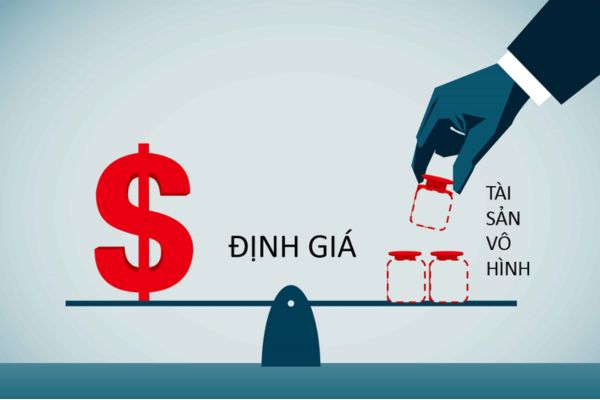Has Circular 37/2024/TT-BTC on the Vietnamese valuation standards for the valuation of intangible assets as of July 1, 2024 been issued?
Has Circular 37/2024/TT-BTC on the Vietnamese valuation standards for the valuation of intangible assets as of July 1, 2024 been issued?
On May 16, 2024, the Minister of Finance of Vietnam issued Circular 37/2024/TT-BTC regarding the Vietnamese Valuation Standards for the Valuation of Intangible Assets.
These Vietnamese Valuation Standards provide regulations and guidance on the valuation of identifiable intangible assets according to the valuation laws. The valuation of unidentifiable intangible assets is conducted in accordance with the guidelines in the Vietnamese Valuation Standards for Business Valuation.
The intangible assets mentioned in these Vietnamese Valuation Standards for the valuation of identifiable intangible assets must fulfill the following conditions:
- There is tangible evidence of the existence of the intangible assets;- The ability to generate income from the intangible assets;- The value of the intangible assets can be quantified in monetary terms.
Additionally, Article 2 of Circular 37/2024/TT-BTC outlines the applicability of these standards to the following entities in Vietnam:
(1) Valuation professionals and valuation enterprises providing valuation services as per valuation laws.
(2) Organizations and individuals conducting valuations for the State as per valuation laws.
(3) Organizations and individuals requesting valuations, third parties utilizing valuation reports according to the valuation contract (if any).

Has Circular 37/2024/TT-BTC on the Vietnamese valuation standards for the valuation of intangible assets as of July 1, 2024 been issued? (Internet image)
What factors should be considered when estimating the economic lifespan of intangible assets in Vietnam?
Based on Clause 2, Article 5 of the Vietnamese Valuation Standards for the Valuation of Intangible Assets issued with Circular 37/2024/TT-BTC, the following factors should be considered when estimating the economic lifespan:
- Legal protection duration for intangible assets related to intellectual property rights;
- Provisions in civil contracts as per laws associated with the intangible assets to be valued;
- Decisions of courts or competent authorities regarding the intangible assets to be valued;- Economic factors such as the scale and prospects of the market for products and services associated with the intangible assets to be valued;
- Development of science and technology, emergence of similar or more efficient intangible assets, leading to functional obsolescence or economic obsolescence of the intangible assets to be valued; other related scientific and technical factors;
- Statistical and analytical results (if any) related to the intangible assets to be valued;
- Other factors related to estimating the economic lifespan of the intangible assets to be valued.
Thus, 05 factors need to be considered when estimating the economic lifespan of intangible assets.
Note: The economic lifespan of intangible assets is influenced by legal, economic, technological, and functional factors such as market scale and prospects, scientific and technological developments, uniqueness and differentiation of intangible assets, and competition from similar intangible assets. The economic lifespan can be either finite or indefinite.
What does the method of intangible asset utilization entail in Vietnam?
According to Article 10 of the Vietnamese Valuation Standards for the Valuation of Intangible Assets issued with Circular 37/2024/TT-BTC, the method of intangible asset utilization entails the following:
(1) According to this method, the value of intangible assets is calculated based on the present value of the cash flow from using the intangible assets received by the organization or individual when allowing the use of these assets.
(2) This method assumes that organizations or individuals not owning the intangible assets would pay for their use. Therefore, it calculates the value of intangible assets by determining the saved costs of intangible asset utilization if the organization or individual owned the intangible assets.
(3) The method involves discounting future cash flows from saved intangible asset utilization costs to present value, net of taxes (if any).
(4) The calculation of cash flows from intangible asset utilization, taxes, maintenance costs, and other support expenses must be consistent. Specifically, if the organization or individual owning the intangible assets is responsible for maintenance costs (e.g., advertising costs or research and development), these costs must be reflected in the cash flows from the intangible asset utilization.
Conversely, if maintenance costs are excluded from intangible asset utilization payments, they must also be excluded from the cash flow calculations for using the intangible assets.
LawNet